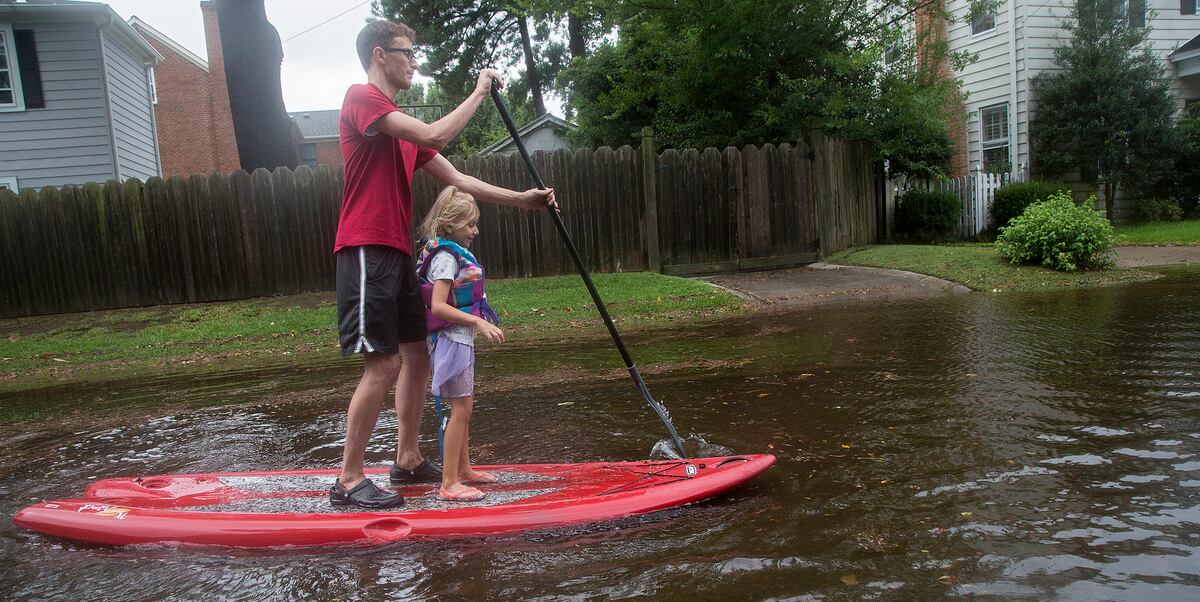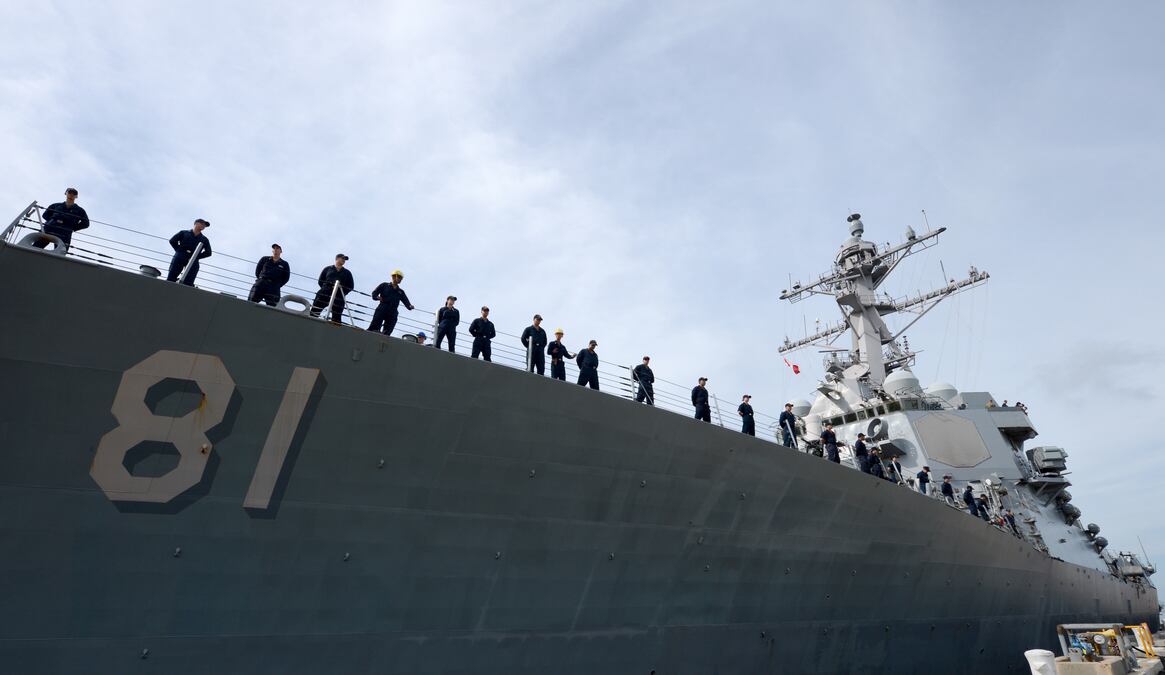The 2nd Fleet ordered nearly 30 ships and 120 aircraft to back to Hampton Roads on Saturday, ending a sortie designed to evade Hurricane Dorian.
“After the storm, the Coast Guard and our port partners worked quickly to reconstitute the Port of Virginia,” said Capt. Kevin Carroll, the commander of Coast Guard Sector Hampton Roads, in a prepared statement emailed to Navy Times.
“This port is critical to commerce in the Commonwealth and throughout the U.S., but it is even more important for our national security as home of the world’s largest naval base.”
RELATED

The moves by the Coast Guard in Portsmouth and Norfolk-based 2nd Fleet follow a Friday evening decision by Navy Region Mid-Atlantic commander Rear Adm. Charles Rock to set Tropical Cyclone Condition of Readiness V, which returned all naval installations in Hampton Roads to normal operations.
“I am very proud of our port and air operations teams, our installation leadership and support staffs, and our civilian workforce who have been working through the night to ensure our bases, piers and airfields were ready to receive the fleet back at their respective homeports after the storm passed,” said Rock in a release sent to Navy Times.
“We are very fortunate Hurricane Dorian had minimal impact on our personnel, bases and infrastructure. We continue to think of those who work to recover from the storm’s strongest effects.”
Rock’s command announced that the first warship slated to return home is the aircraft carrier Dwight D. Eisenhower, which is expected to enter Naval Station Norfolk around 6:30 p.m. on Saturday.
The rest of the vessels will arrive on Sunday and Monday.
On Saturday, Rock reiterated his order for all military personnel and Department of Defense civilian workers who evacuated large swaths of eastern North Carolina, Virginia and Maryland to report their whereabouts using the Navy Family Accountability and Assessment System or through the mobile app.
RELATED

Later in the afternoon, the National Hurricane Center in Miami issued a special advisory for Dorian, warning that satellite wind data indicate the storm is stronger than expected and moving at about 29 mph in a northeasterly direction.
Forecasters indicated that hurricane conditions were expected to badger portions of Nova Scotia as early as Saturday afternoon.
At 2 p.m., the center of the storm was about 140 miles (225 kilometers) south-southwest of Halifax, packing sustained winds of 100 mph (155 km/h).
Weather watchers expect Dorian to dump up to 3 inches of rain on far eastern Maine and possibly more than twice that amount in sections of Nova Scotia.
They say that large swells are increasing along Canada’s Atlantic coastline and warned that potentially dangerous swells will continue to bedevil the coasts of the Mid-Atlantic and New England states for two more days.









